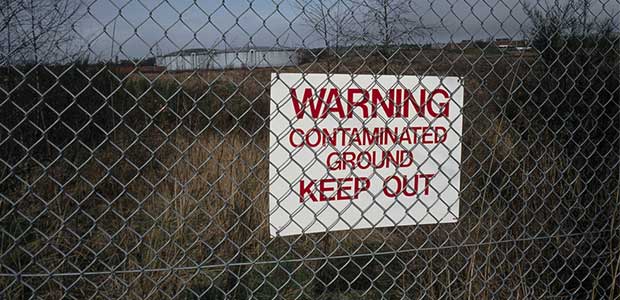
EPA Adds Superfund Sites to National Priorities List to Clean Up Contamination
EPA to add hazardous sites to National Priorities List.
The U.S. Environmental Protection Agency (EPA) is adding hazardous waste sites to the Superfund program’s National Priorities List (NPL).
Superfund, which Congress established in 1980, investigates and cleans up the nation’s most complex, uncontrolled or abandoned hazardous waste sites and converts them into community resources.
The Superfund program is a cornerstone of the work the EPA performs for citizens and communities across the country.
The Superfund law directs EPA to update the NPL annually. Only sites added to the NPL are eligible to receive federal funding for long-term permanent cleanup.
EPA adds sites to the NPL when mismanagement of contamination threatens human health and the environment. EPA typically initiates Superfund involvement at a site because states, tribes or citizens ask for the agency’s help. The agency may also find contamination during its own investigations.
“My goal as Administrator is to restore the Superfund program to its rightful place at the center of the agency’s core mission. Today, we are adding sites to the Superfund National Priorities List to ensure they are cleaned up for the benefit of these communities,” said EPA Administrator Scott Pruitt. “When we clean up these sites, we make communities healthier places to live and clear the way for development and increased economic activity.”
The following sites are being added to the final NPL:
- The Battery Recycling Company in Bo. Cambalache, Puerto Rico
- Former Custom Cleaners in Memphis, Tennessee
- Highway 18 Ground Water in Kermit, Texas
- Microfab Inc. in Amesbury, Massachusetts
- Old HWY 275 and N. 288th Street in Valley, Nebraska
- Post and Lumber Preserving Co. Inc. in Quincy, Florida
- Saint-Gobain Performance Plastics in Village of Hoosick Falls, New York
- Former Custom Cleaners in Memphis, Tennessee
- Newark South Groundwater Plume site in Newark, Delaware
- Microfab Inc. hazardous waste site in Amesbury, Massachusetts
- Former battery recycling facility in Arecibo, Puerto
- Post and Lumber Preserving Co. Inc. Site in Quincy, Florida
- American Creosote DeRidder in DeRidder, Louisiana
- Mississippi Phosphate Corporation in Pascagoula, Mississippi
- Contaminated site, near Highway 18 in Kermit, Texas
- Saint-Gobain Performance Plastics site in the Village of Hoosick Falls, New York
- Eagle Industries in Oklahoma City, Oklahoma
Superfund addresses both older and newer sites. At least four of the sites EPA is adding or proposing were in operation within the last two decades. The sites listed today have contamination from a variety of sources, including manufacturing, wood treatment and aircraft maintenance.
Superfund sites can threaten the health of entire communities. Some groups of people, such as children, pregnant women and the elderly, may be at particular risk. Superfund cleans up or isolates contamination, keeping it away from people and the environment.
Superfund cleanups benefit the health of those who live on or near Superfund sites. Academic research has shown these cleanups reduce birth defects close to a site by as much as 25 percent. Similarly, cleanups involving lead-contaminated soil have contributed to documented reductions in children’s blood-lead levels.
When EPA cleans up a site or a portion of a site, the site is available for beneficial uses. More than 850 Superfund sites nationwide have some type of actual or planned reuse underway.
Cleanups also increase tax revenue and create jobs during and after cleanup. EPA reviewed 458 Superfund sites supporting use or reuse activities. The agency found at the end of fiscal year 2016 that these sites had approximately 4,700 businesses with 131,000 employees and annual sales of more than $34 billion.
Today’s NPL update follows the announcement of the Superfund Task Force recommendations to improve the Superfund program.
On July 25, 2017 Administrator Pruitt accepted recommendations from the EPA task force established on May 22, 2017 to revitalize the Superfund program.
The task force’s recommendations focused on five overarching goals: expediting cleanup and remediation, reinvigorating cleanup and reuse efforts by potentially responsible parties, encouraging private investment to facilitate cleanup and reuse, promoting redevelopment and community revitalization and engaging with partners and stakeholders.
Work to prioritize and reinvigorate the program by the task force has begun and will continue.